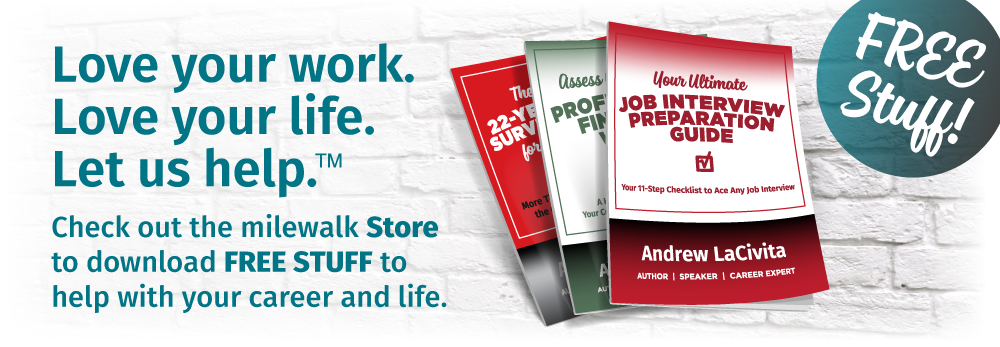Have you ever felt the other party didn’t understand you? Have you ever been frustrated when you couldn’t convince someone of your brilliant idea?
If so, you’ll be glad to know I’ve learned the hard way there are 7 essentials to make sure they never miss your point.
First, let’s frame the situation.
Maybe you’re at work delivering a fabulous presentation to the Board of Directors or Steering Committee or teammates.
Maybe you’re sitting across from a friend gabbing, but want a playmate to bring your brilliant idea to life.
Whatever the case, your listener needs to understand you and be convinced…
Give them context.
I don’t care what the subject is. You need to give your listener context regarding what you’re about to share. People think and remember in compartments. They want to see the house framing before they fill it with furniture.
This is critical because once people understand the context; they won’t continue to wonder where the story is going. The wondering tires them out! The wondering causes them to forget the other details because you’re asking them to exert unnecessary energy.
Tell them why it’s important.
You have a much slimmer chance of convincing people if they need to ask why it’s important after you’ve shared your story. Why? Obvious benefits are easy to embrace. Hidden benefits are difficult to embrace (not to mention difficult to market to the world).
If you share the benefits at the beginning, people tend to make correlations as you lay out the details. This continually reinforces the benefits to them. Each time they do occurs, you make little “sales” along the way.
There’s gotta be a story.
People love stories because, well, people just love stories. People love people they identify with. People love people who’ve struggled just like they have.
Wrap these words into your story and you have kinship. “Have you ever
If you’re talking to “The Board.” Wrap these words into your story…“We’ve discovered…Here’s what we did…Here’s what we learned…Here’s what we should do…Here’s why we should do it…Here’s how we’ll do it…Here’s what’s going to happen…Here’s why I know that will happen…No. For real. Here’s also why I know that will happen.”
It’s not just WIIFM, but also WIIFT.
At this point, they have context, understand why it’s important to them (eh, what’s in it for me?), and remember the story.
Now, shape the way they think about it—for the greater good. Get them to think about how it will benefit others! What’s in it for them? People genuinely want others to be happy (contrary to what the media thinks). People truly want to help others. Nothing is more powerful than serving others.
Here’s how.
Now, feel free to provide the tactics. Step one. Step two. Step three. Here’s how we’ll make that happen.
Don’t just take my word for it.
The “here’s how” part looks a lot more human when you provide a case study. Providing examples of what you’ve done or others have done or others should have done is extremely powerful. More importantly, it helps the listener look past the theory and envision real results.
And finally, the Do’s and Don’ts.
To wrap it up, it’s helpful to add important points and tasks that are essentially to-dos and to-don’ts. Consider this some positive reinforcement of what to do as well as forewarnings of what not to do.
As always, I love to hear from you: What are your great tactics to get your point across?










Leave A Comment